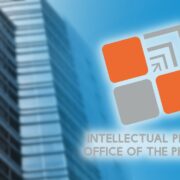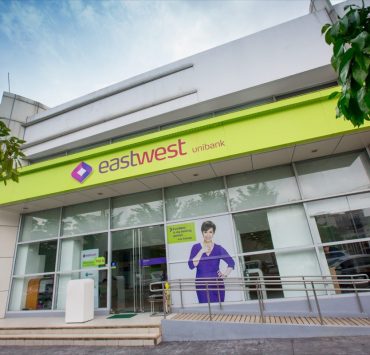Demystifying the art of stock valuation

If we consider the price-to-earnings (P/E) ratio as a pricing multiple that determines the value of a firm’s equity, then there is another multiple that determines the overall worth of the firm.
This multiple is known as the enterprise value-to-Ebitda (EV/EBITDA) ratio. The rationale behind using this ratio is that investors not only pay for the residual earnings of the company but also for the cash flows generated by the entire business.
To calculate the enterprise value (EV) of a company, we simply add the market value of its equity and the book value of its net debt. On the other hand, Ebitda, which stands for earnings before interest, tax, depreciation and amortization, represents the cash earnings of the company. Ebitda is a broad measure of cash flows and helps assess the earnings potential of a company by adding back its financing costs and noncash expenses.
The EV/Ebitda ratio has gained popularity among market analysts and fund managers because it allows them to price losing companies that cannot be valued using the P/E ratio. The EV/Ebitda ratio indicates the number of years it would take for the company to generate enough cash earnings to reach its current enterprise value. Similar to the P/E ratio, a lower EV/Ebitda ratio is considered more favorable.
However, it is important to note that selecting stocks solely based on comparing ratios may not be advisable. As discussed in our previous column titled “Why Ebitda is not a good measure of profitability,” Ebitda overlooks the financial risk of the company by excluding interest expenses from its earnings.
Ebitda also fails to account for annual capital expenditures and working capital requirements which could lead to an overstatement of the company’s free cash flows.
By understanding that the valuation of an enterprise depends on risk, cash flows and growth, we can calculate the intrinsic EV/Ebitda ratio of a company by incorporating these factors. We can compute this by first determining the free cash flow as a percentage of Ebitda and then dividing this value by its associated risk factor. The risk factor is computed by the difference between the company’s cost of capital and its long-term growth rate.So, for example, based on the 2023 financials, ICTSI’s free cash flow as a percentage of Ebitda amounted to about 59.5 percent. If we divide this value by the difference between its cost of capital and long-term growth, which is 5.4 percent, we will arrive at its intrinsic EV/Ebitda ratio of 11.1 times. If we compare this to its actual EV/Ebitda ratio of 7.2 times, we will find that the stock is undervalued by 35 percent.
Following this model, we observe that the ideal EV/Ebitda ratio of a stock increases when its free cash flow as a percentage of Ebitda rises or when its cost of capital decreases. Historically, both free cash flows and cost of capital have a significant 22-percent correlation with the EV/Ebitda ratio.
The free cash flow of a company, which is calculated by subtracting its capital expenditures from its operating cash flows, can strongly influence the target EV/Ebitda ratio of a stock.
While any company, whether profitable or not, can generate positive Ebitda, not all companies can consistently generate free cash flows. Some companies may not have sufficient operating cash flows to fund their capital expenditures, resulting in negative free cash flows. Others may not even have positive operating cash flows to start with if they are struggling with their sales growth and profitability.
About one-third of the stocks in the Philippine Stock Exchange index are spending more on their capital expenditures than what their operating cash flows could finance, resulting in negative free cash flows.
When a company has negative free cash flow, it means that it needs to borrow more money to finance its deficit, increasing its riskiness and overvaluation.
For reference, the average free cash flow in the market is 23.3 percent of Ebitda, while the median EV/Ebitda ratio is 5.58 times, but similar to P/E ratios, pricing a stock based on EV/Ebitda ratio goes beyond simple ratio comparisons because it requires a thorough understanding of the underlying fundamentals of the company. To assess the quality of a stock based on EV/Ebitda ratio perspective, one has to evaluate and ask questions like how much free cash flows can the company generate from its Ebitda? How does the current interest rate outlook affect the company’s cost of capital? What are the growth prospects of the company?
Understanding the EV/Ebitda ratio can provide a holistic perspective on a company’s valuation, but by factoring in risk, cash flows and growth, we can make more informed decisions by avoiding the pitfalls of relying solely on traditional valuation metrics. INQ Henry Ong is a registered financial planner of RFP Philippines. Stock data and tools provided by First Metro Securities. To learn more about investment planning, attend the 107th RFP program this May 2024. To register, email info@rfp.ph or text at 0917-6248110

















